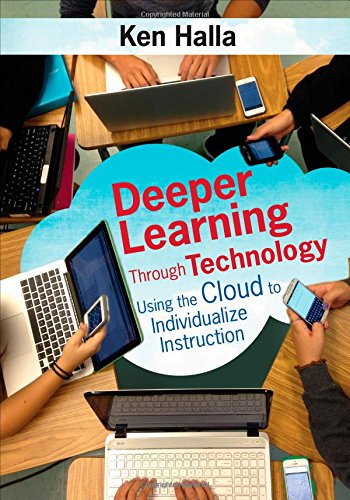This coming Wednesday September 2nd I am going to try to get through a number of items in a one hour presentation at the FCPS Social Studies in-service during sessions A and B in room 447. I'll let the teachers decide where to start and then if don't finish everything, they (or you) can have this post to learn the rest. The goal is to meet your students in their world - online! We will look at:
- how to create a video either for a flipped class. The video below explains the process and here is a more detailed one.
- how to create a YouTube play list for one's flipped videos - be they your own or others.
- how to use Twitter for class warm-ups and discussions. Below is a video on how you can follow a hashtag using TweetChat. Here is what it looks like to be in a live hashtag discussion that we used on our government classes last year.
- how to catch cheating in Google Drive. Here is an extended post on how to do it and below is a video.
- how to use Quizlet for student review. Its power was proven to me when my own children found it on their own and started using it to prepare for assessments. The video below shows you the amazing features, from traditional flash cards to a multitude of games. Here is how you can make a Quizlet set of questions. Honestly I rarely make my own, but rather do a search and find one that suits my students and give the link to them.
- how to use Blackboard Collaborate on snow days for my AP students and below is a video explaining the few features you need to know as a teacher to run such a class. If your district has access to it, it only takes 30 seconds to make you a shell. If you don't then here are alternatives you could consider using for free on a snow day. Below is a very informative video on all the tools you might want to use for snow day sessions or evening reviews.




